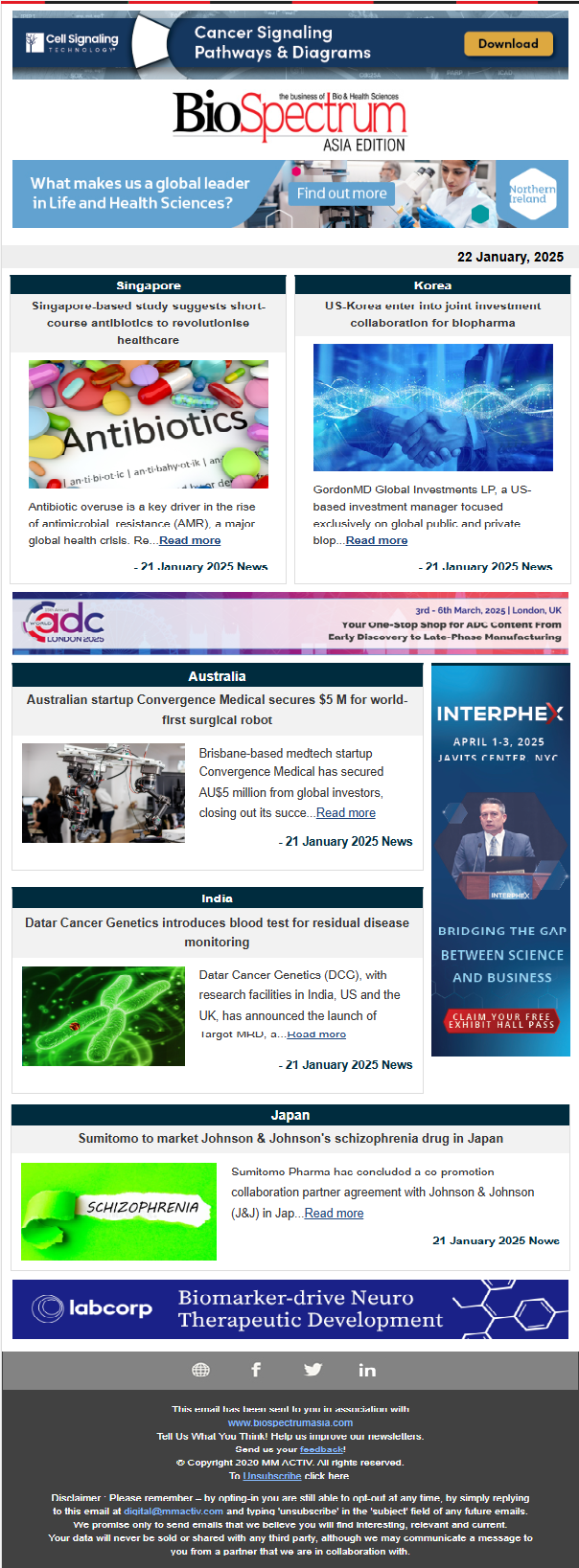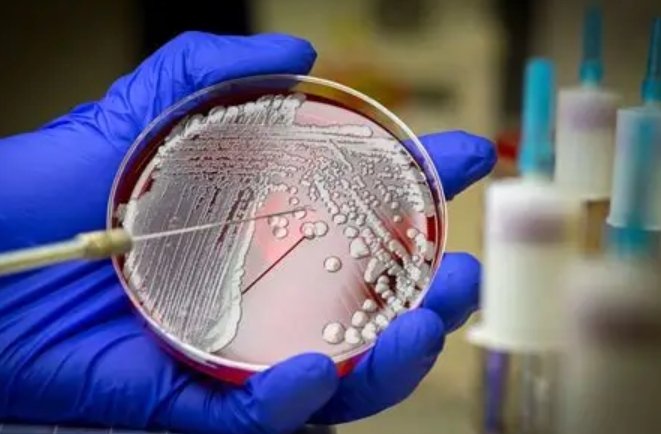
image credit- NTU
Scientists from Nanyang Technological University, Singapore (NTU Singapore) have synthesised a molecular probe that has the potential to track the development of liver disease and provide a fast way to see how well drugs are working in treating diseases.
Working with mice, the NTU scientists focused on two important disease indicators known as reactive nitrogen species (RNS) and reactive oxygen species (ROS) that have very similar chemical properties.
When there is inflammation, infection or cancer, or when a new drug is introduced in the body, RNS and ROS are among the first indicators to rise in their levels.
The respective levels of RNS and ROS change through the course of a disease, and are markedly different when the body is healthy, meaning that together they could be used to pinpoint disease stages.
However, while current imaging technologies can track RNS and ROS, they cannot differentiate between the two.
Now for the first time, the NTU-developed probe has made it possible to see the locations and levels of the two species, providing a potential new approach for visualising how a disease is developing or the body is reacting to a drug.




